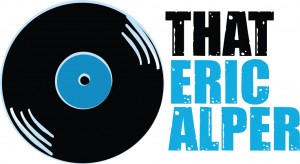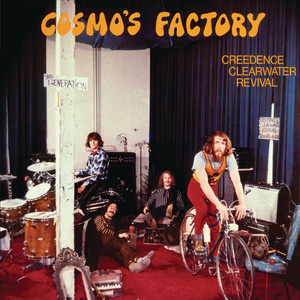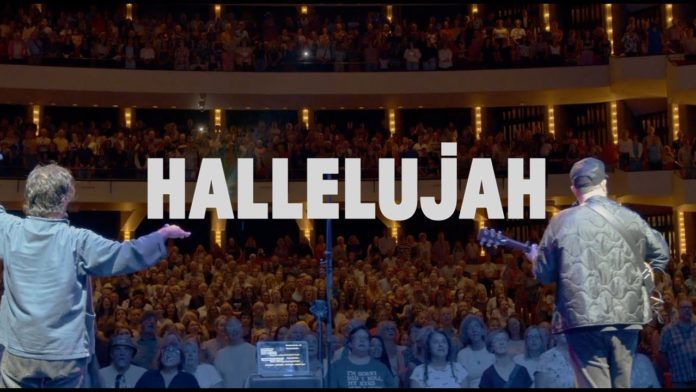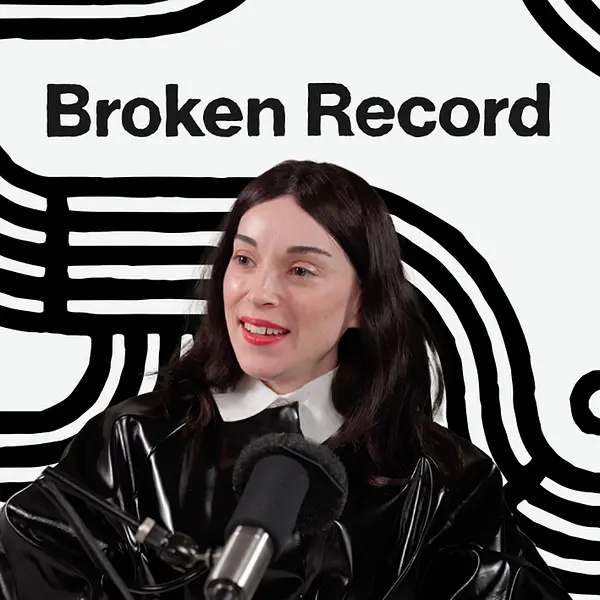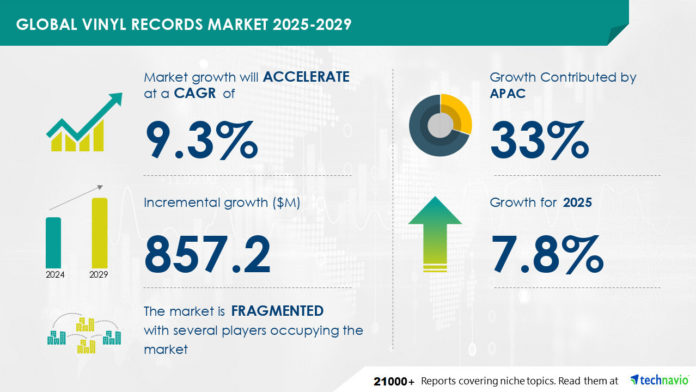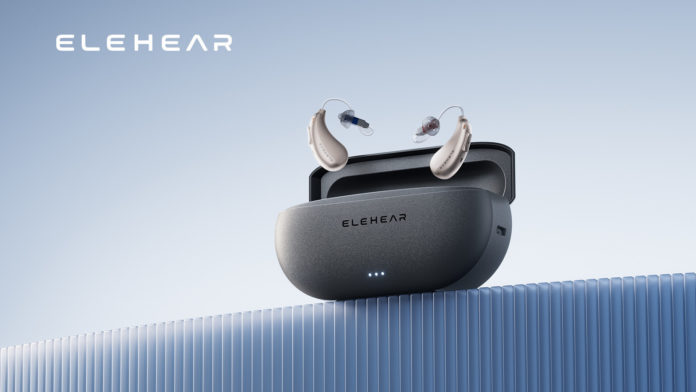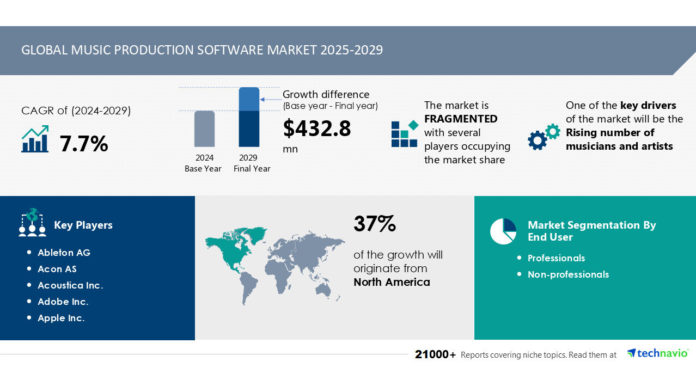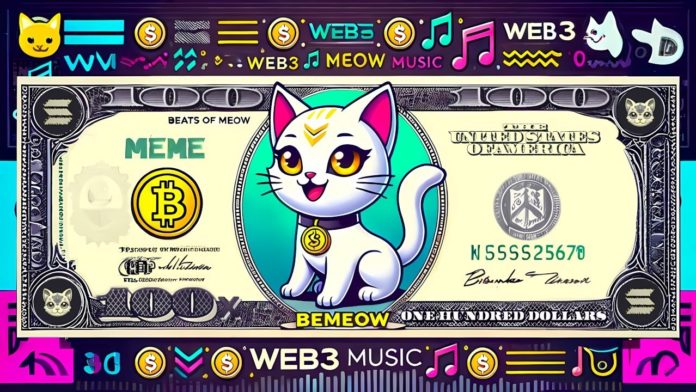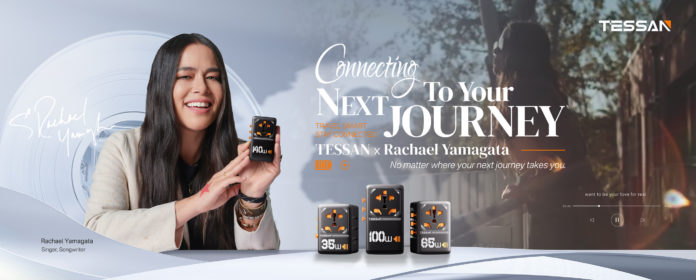The global music production software market size is estimated to grow by USD 432.8 million from 2025-2029, according to Technavio. The market is estimated to grow at a CAGR of almost 7.7% during the forecast period. Rising number of musicians and artists is driving market growth, with a trend towards growing use of ai for music production. However, easy availability of open-source software for music production software poses a challenge. Key market players include Ableton AG, Acon AS, Acoustica Inc., Adobe Inc., Apple Inc., Avid Technology Inc., Bitwig GmbH, Cockos Inc., GoldWave Inc., Image Line Software NV, iZotope Inc., MAGIX Software GmbH, MOTU Inc., MuTools, NCH SOFTWARE Pty Ltd., Peaksware Holdings LLC, PreSonus Audio Electronics Inc., Reason Studios AB, Serato Ltd., and Yamaha Corp..
The music production software market is thriving with innovations, driven by trends like social media, artificial intelligence, and cloud-based solutions. Digital audio workstations (DAWs) and recording tools have become more sophisticated, offering genre-focused features for electronic dance music and background scores. Technological advancements include AI-powered music creation, virtual instruments, and automated mixing. Perpetual licenses and subscription-based models cater to various budgets, making music production more democratized. Younger generations are embracing mobile apps for music production and education. Cloud technology enables collaborative tools, central hubs, and music production services. Machine learning algorithms and AI-powered music production are revolutionizing the music industry, offering high-quality recordings and audio environments. Music production firms use these tools to create jingles and formats for entertainment. Freemium and subscription-based models, along with free trials, have lowered the entry barrier for music producers and enthusiasts. Overall, software technology continues to streamline creative processes and democratize music production for various music genres and formats.
Advanced technologies, specifically artificial intelligence (AI) and cloud technology, have significantly enhanced the music production process. Musicians and artists are utilizing AI for refining human-generated music through editing and mastering. AI-based music composing tools, such as Orb Composer 1.5 by HEXACHORDS ENTERTAINMENT SL, are being used for music production. AI automates music production by emulating cognitive skills to create music and discover patterns, improving the overall process. Consequently, many music software production companies are focusing on AI technology for music development.
The music production software market is experiencing significant growth due to technological advancements and changing consumer preferences. Challenges include social media influence, artificial intelligence, and cloud-based solutions. Electronic dance music and home studios dominate the genre focus, with innovations such as AI-powered music creation and digital audio workstations (DAWs) leading the way. Perpetual licenses and subscription-based models, including freemium and cloud-based music production, cater to various budgets and operating systems. Machine learning algorithms and AI-virtual instruments enhance creative processes, while recording tools and automated mixing simplify digital audio production. Music production apps and services cater to younger generations, democratizing music production and education. The music industry benefits from high-quality recordings and audio environments, while collaborative tools reduce the entry barrier for music producers. The future of music production lies in AI-powered music creation, machine learning, and cloud technology, offering endless possibilities for music creation tools and formats.
Open-source music production software poses a challenge to proprietary providers in the music production market. The availability of free software, such as Ardour, LMMS, and Mixxx, is easily accessible on web portals. Developed by a community of engineers, these tools offer benefits like free usage and support, preventing vendor lock-in. One popular option is Audacity, a multi-track audio editor and recorder suitable for Windows and Mac OS devices. Despite the revenue impact, proprietary software continues to offer unique features and support for those willing to pay.
The music production software market caters to end-users such as musicians, DJs, and music production companies. With the global film industry’s rapid growth, film producers are investing in better audio and video quality, including 3D and 4D formats. To meet their requirements, music production software providers are continuously developing and introducing new versions, offering updates, and releasing notifications about the latest products. The increasing number of musicians and artists, as well as the popularity of music streaming services and remix songs, fuels the demand for music production software in the media and entertainment industry. For instance, Apple’s Logic Pro X update, featuring new tempo detection technology and professional sound-shaping tools, caters to the needs of musicians producing electronic music. These innovations will contribute to the expansion of the professionals segment in the global music production software market during the forecast period.
The Music Production Software market is a dynamic and innovative industry, offering a wide range of tools and solutions for composers, producers, and artists to create, edit, and distribute music. From AI music composers that generate customized music based on specific parameters to music production workflow software that streamlines the production process, there’s a solution for every need. Film scoring, podcasting, game audio, and live performance are just a few applications of music production software. Music production techniques and tips are abundant online, with tutorials and reviews available for various software and plugins. Mobile and iOS users can also get in on the action with free and paid music production apps for electronic music creation, MIDI controller support, and more. Music education and licensing are also essential aspects of the market, with many platforms offering comprehensive courses and resources. The latest trends in music production software include AI music generation, cloud music production, music production in the metaverse, and augmented reality content creation. Audio mixing software, audio engineering, music creation tools, audio mastering, and virtual reality are also popular areas of development. Overall, music production software continues to evolve, providing endless possibilities for creators to bring their ideas to life.
Music production software has seen significant innovations in recent years, with technological advancements bringing about new capabilities and making music creation more accessible to a wider audience. Social media platforms have become central hubs for music producers to showcase their work and connect with peers. Cloud-based solutions and perpetual licenses offer flexibility in usage, while digital audio workstations (DAWs) and recording tools enable high-quality digital audio production. AI-powered music creation, including AI-virtual instruments and machine learning algorithms, are revolutionizing music production, offering automated mixing, genre focus, and even AI-generated compositions. Younger generations are increasingly turning to music production apps and mobile apps for creating electronic dance music and background scores. Cloud technology, freemium models, and subscription-based services have democratized music production, making it more accessible to those with limited budgets or operating systems. The music industry is embracing these technological advancements, with music production services offering sophisticated collaborative tools for remote work and audio environments for mixing and editing. Innovations in music production software continue to break down the entry barrier, making music creation a more accessible and exciting endeavor for all.
